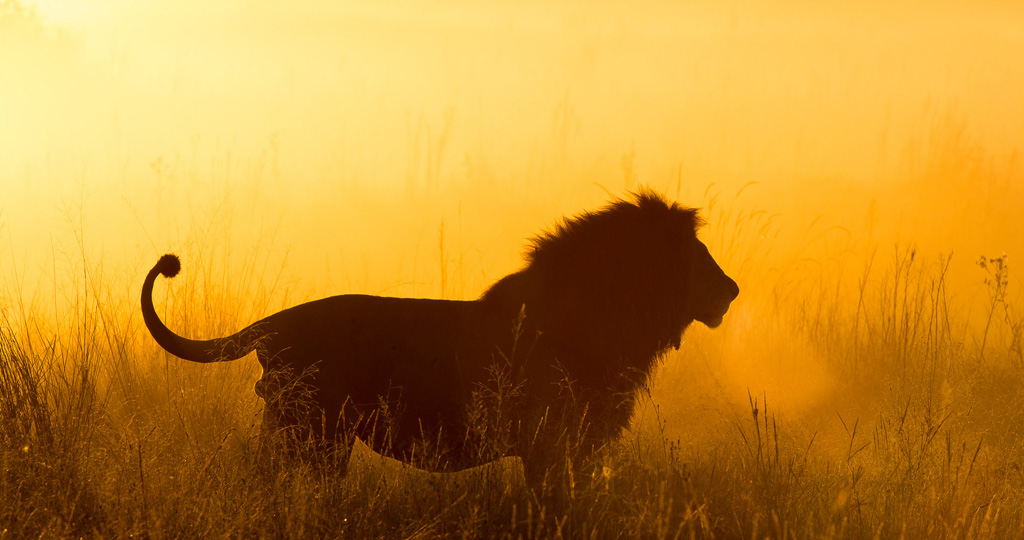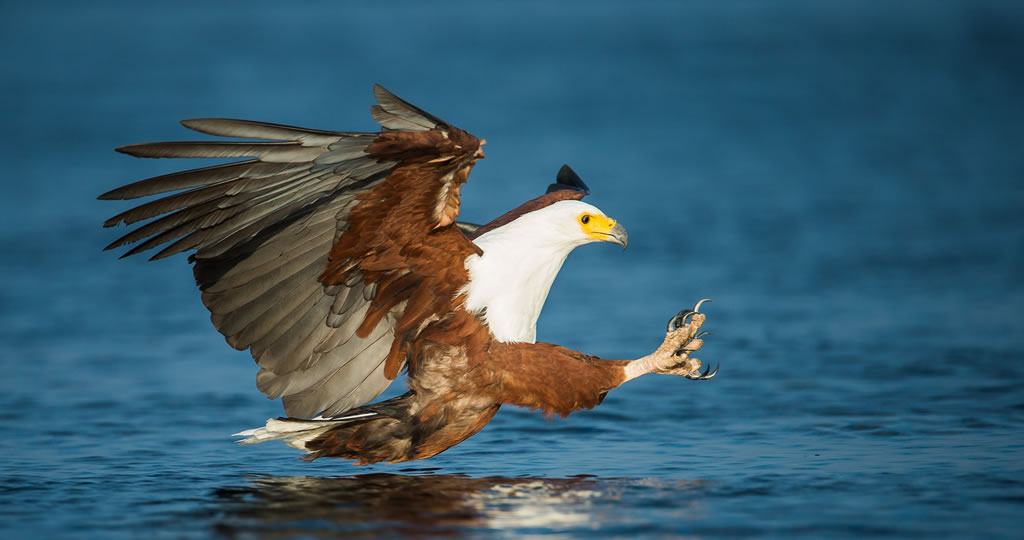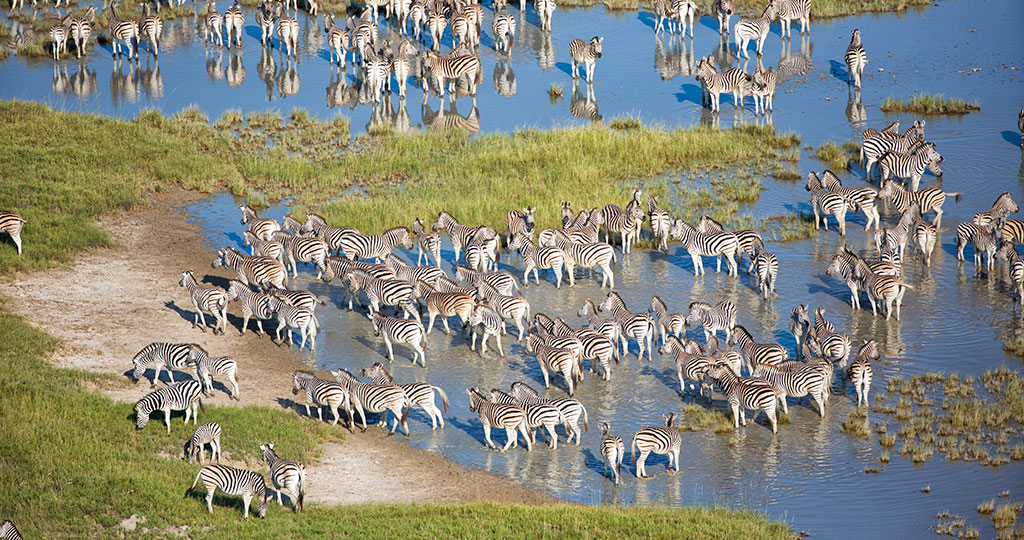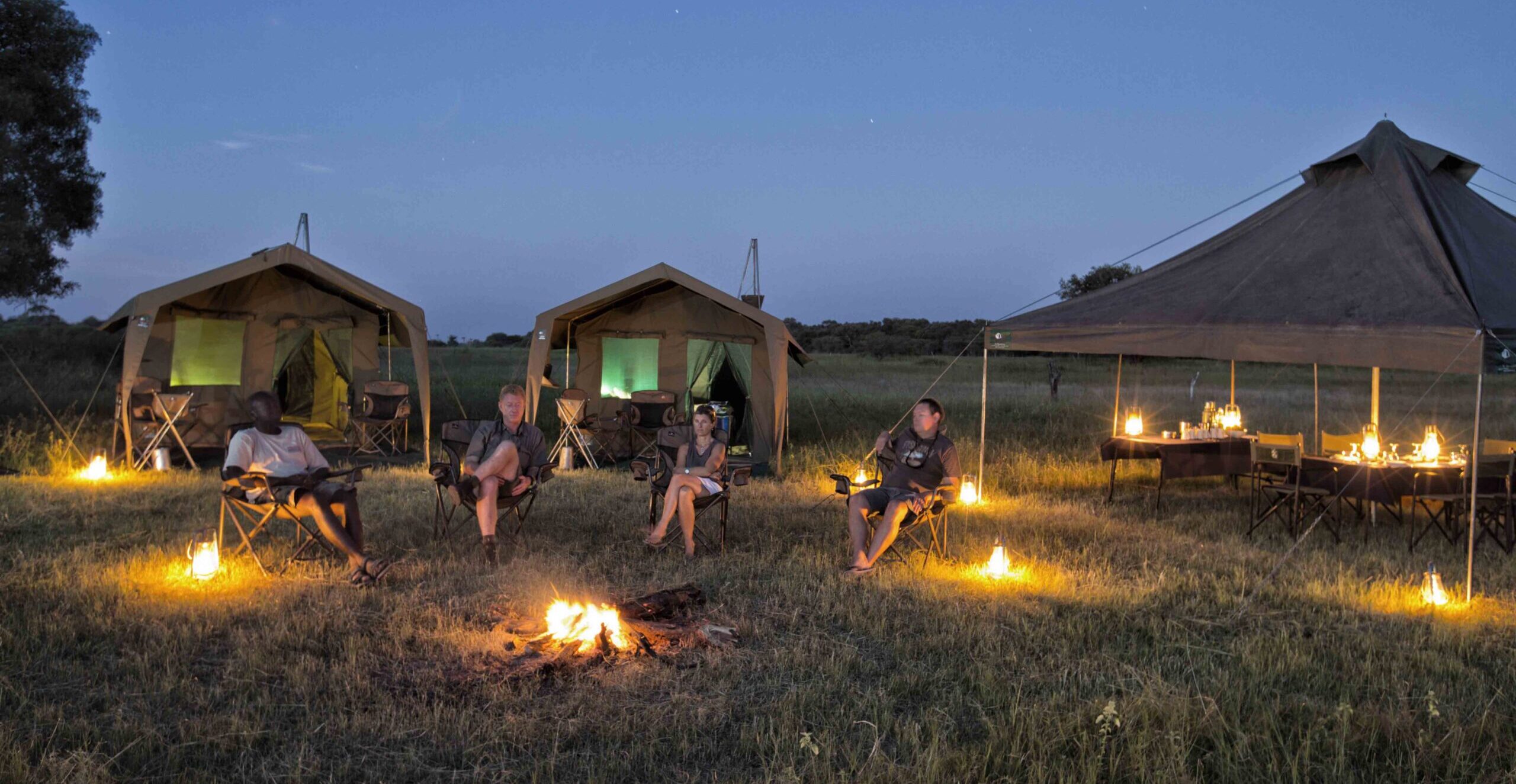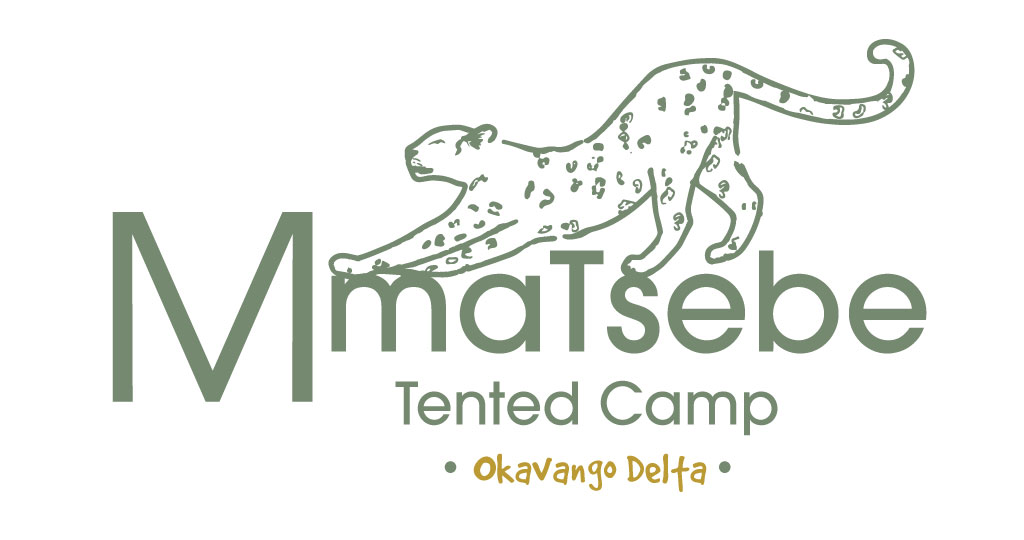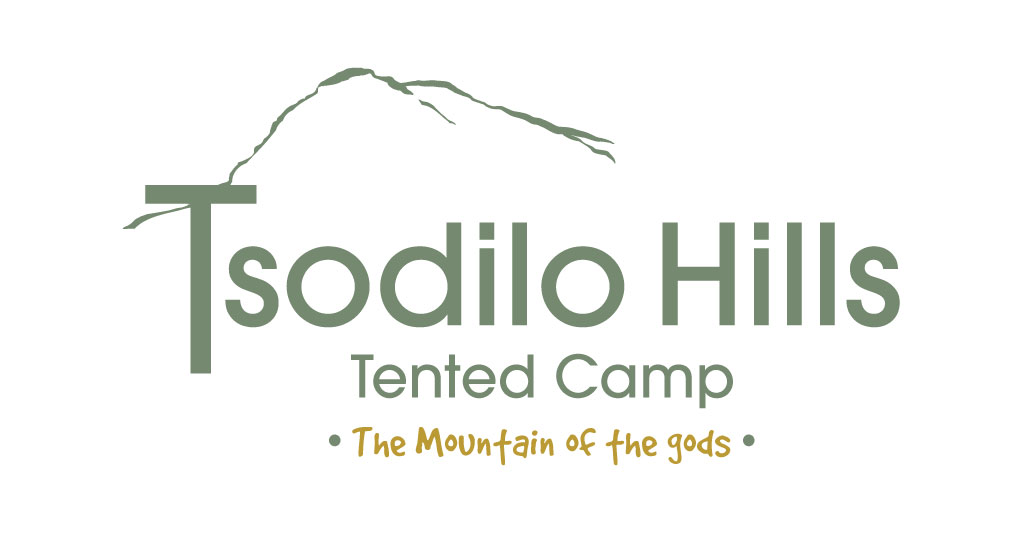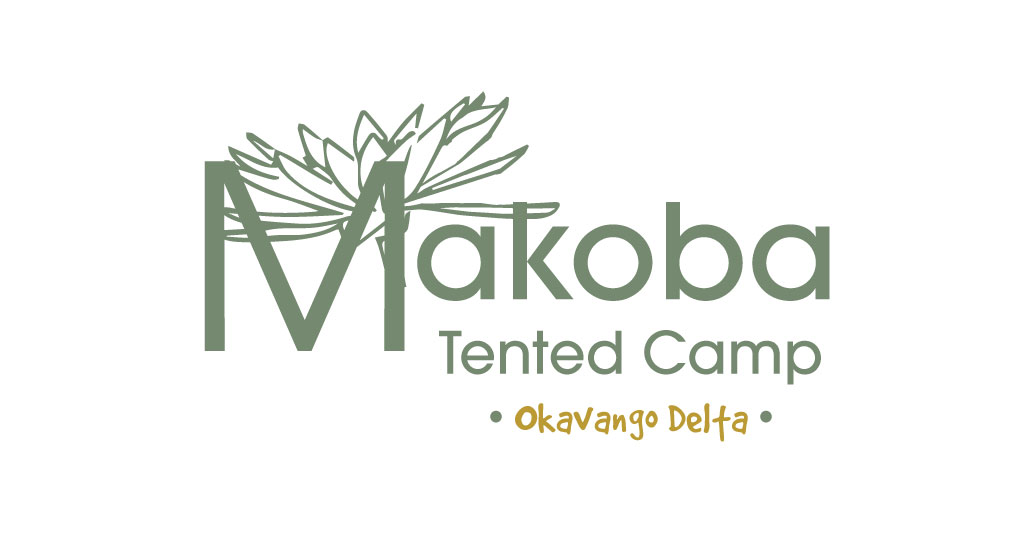The Okavango Delta
What is the Okavango Delta?
The Okavango Delta in northern Botswana is one of Africa’s last remaining true wilderness areas and provides a refuge for huge concentrations of wildlife.
Deltas are created when rivers carrying sediment empty into a slower-moving body of water (such as the sea). Perhaps the most famous examples are the Nile Delta and the Mississippi Delta, both of which are very fertile and provide homes and livelihoods for millions of people.
The Okavango is technically an “alluvial fan” as the rivers that create it never reach the sea. Instead, they lose themselves in the sands of the Kalahari Desert, creating an inland delta.
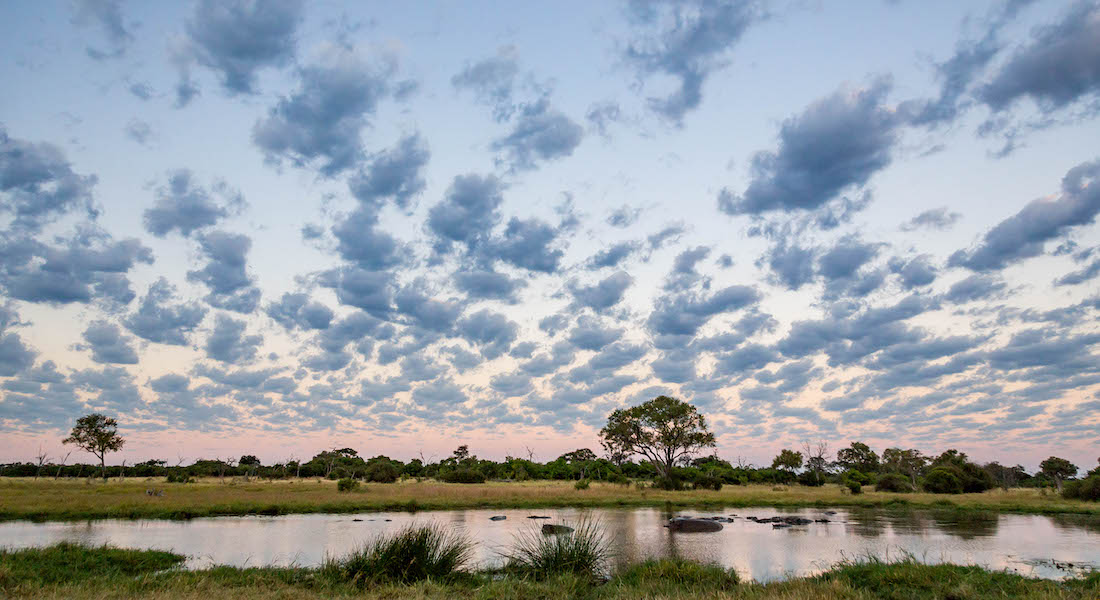
Where is the Okavango Delta?
The 2-million-hectare Okavango Delta is known as the “jewel” of the Kalahari and shows up clearly on satellite images as a bright blue and green patch against the drier desert landscape. It is undoubtedly one of Africa’s most extraordinary places and was inscribed as a UNESCO World Heritage Site in 2014, becoming the 1 000th such site to be recognised. Being listed as a World Heritage Site is hugely important for the continued conservation of the Okavango Delta.
Humans have had very little impact on the Okavango, with the indigenous communities who live on its fringes following sustainable lifestyles that have long preserved the integrity of the Delta’s many different habitats.
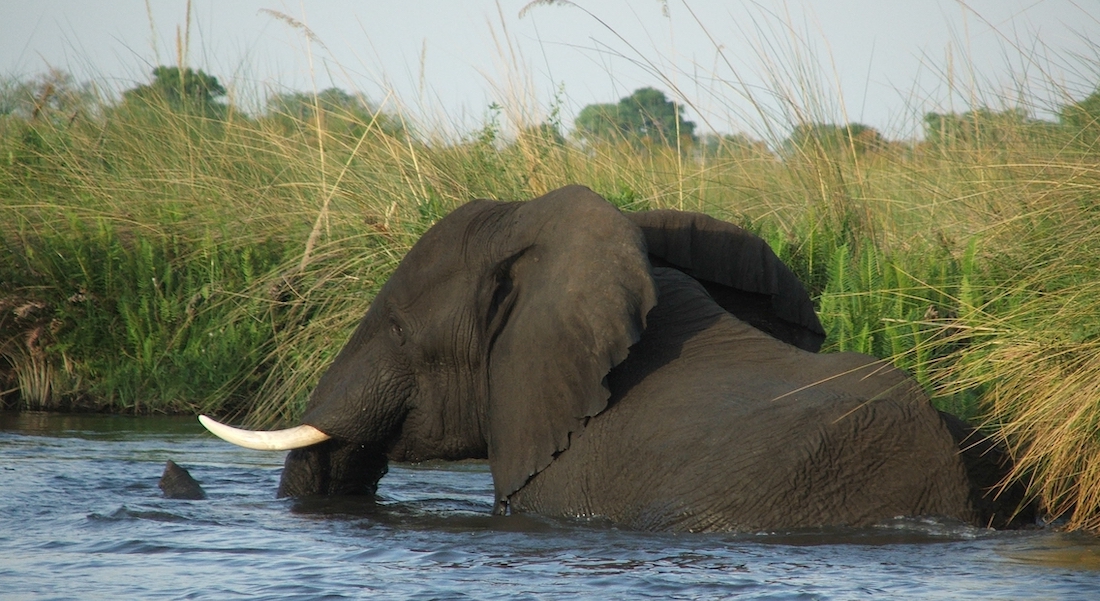
Okavango Delta Wildlife
The Delta region of the Okavango can vary in size from 15,000 km2 during drier periods to a staggering 22,000 km2 (larger than Israel) during the annual flood.
Protected in part by the Moremi Game Reserve and numerous private concessions, the Okavango Delta supports 164 mammal species, 157 species of reptiles and 540 species of bird including sought-after species like Pel’s fishing owl, bee-eaters and kingfishers. The best time for avid birders to visit the Okavango Delta is from November to April when many species migrate to the Delta and turn it into a true paradise for bird lovers.
The Okavango Delta is home to healthy populations of some of the world’s most endangered large mammals, including cheetah, white rhino, African wild dog and lion. Botswana supports the world’s largest population of elephants – 130,000 – and the Okavango Delta is considered the core area for this species’ survival.
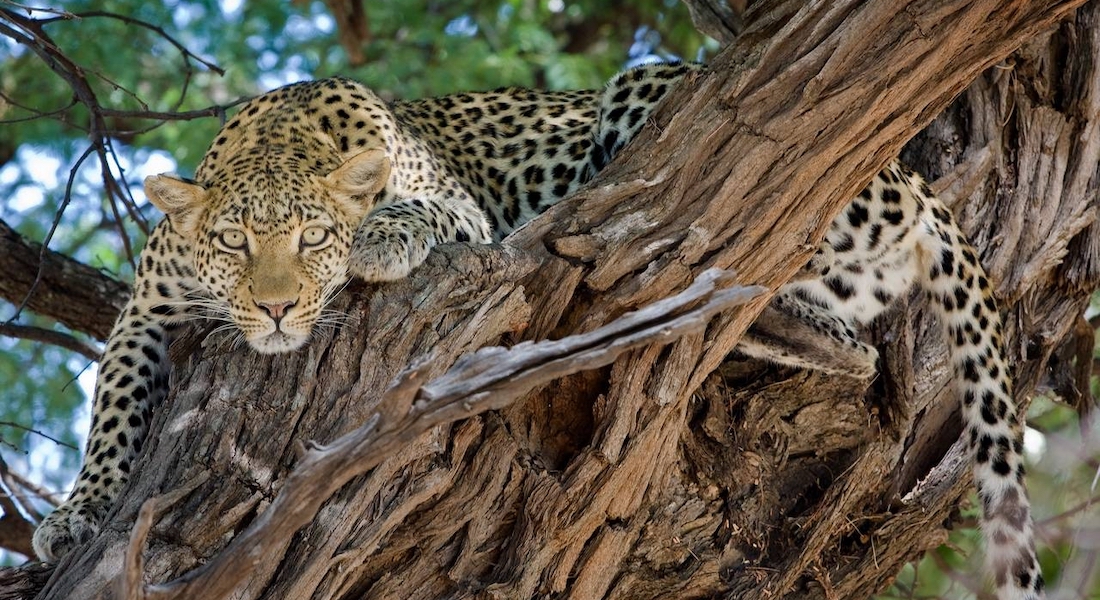
Okavango Delta Ecosystem
Rising in Angola and turning its back on the Atlantic Ocean, the Okavango River snakes through the vast flat plains of Botswana, creating the oasis that is the Okavango – the world’s largest freshwater marsh ecosystem.
The Delta is a mosaic of habitats ranging from seasonal floodplains and small islands to larger islands that support riverine woodlands, mopane forest, open grassland and savannah bushveld.
The Okavango Delta is transformed each year by Angola’s summer rainfall, which runs off the Benguela Highlands and into the Okavango River. This huge volume of water takes several months to reach and subsequently flood the Okavango Delta.
As the floodwater filters through to the lagoons and grassy plains, the Okavango Delta becomes an extraordinary hive of animal activity, from flamingos to wildebeest and dragonflies to crocodiles.
The flood reaches its zenith between June and August, during Botswana’s dry winter months. The reduction in the area of dry land causes wildlife to concentrate until the floodwaters begin to recede again, reaching their lowest point just as Botswana’s own summer rains begin. It’s a finely balanced display of Nature’s synchronicity.
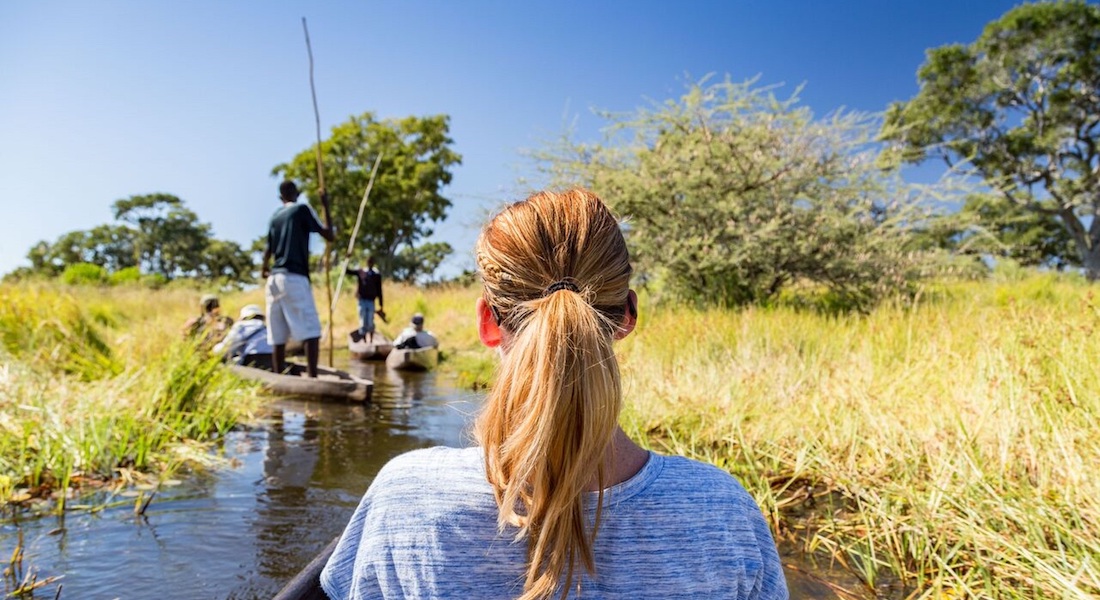
Exploring the Okavango Delta
Mokoro
The mokoro (plural: mekoro) is the iconic dugout canoe used by the people of the Delta for centuries. It permits smooth and near-silent excursions along papyrus-lined channels and across lagoons dotted with lilies. Modern mekoro are made from fibreglass to avoid felling the large trees from which they were traditionally made.
From the reclined vantage point provided by the mokoro, everything seems grander in scale. This most serene form of transport means that small, shy animals and birds can be approached more closely, while expert polers keep an eye out for hippo and elephant.
Boat
Powered boat safaris let you cover greater distances and discover more of the waterways that make up the Okavango Delta. Trans-Okavango safaris can be undertaken from Shakawe in the north to Maun in the south, camping each night on remote islands for an authentic sense of exploration and adventure.
By Air
There are few experiences that can top gazing down on the Okavango Delta, whether from a plane, helicopter or hot air balloon. A little altitude can give you a whole new perspective and let you witness magical moments like an elephant look up as your shadow passes over it, or a vast herd of Cape buffalo thundering across a floodplain.
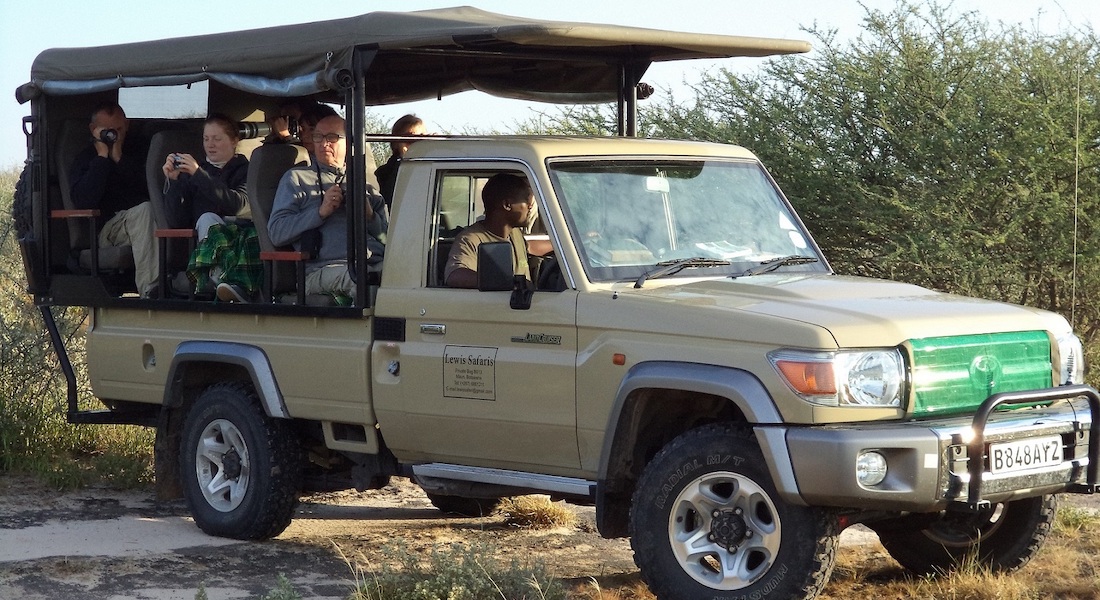
Game Drive
A game drive in the Okavango can be challenging (there’s water and sand to navigate), but also immensely rewarding. Game drives are conducted by experienced safari guides and will bring your safari to life. The best guides can read the bush like a morning newspaper and have an uncanny ability to predict the movements and behaviour of the various animals and birds by interpreting tracks, signs and calls. The result? Phenomenal sightings of many of Africa’s most impressive species.
Mobile Safari
For the ultimate adventure holiday, a mobile safari ticks all the boxes. Small, intimate camps in remote areas ensure the very best African wilderness experiences. On a mobile safari, your camp and staff travel with you to pristine locations. The approach can vary from participation-style camping (where you lend a hand) to full-on luxury tents with staff and en suite facilities (and you don’t have to lift a finger).
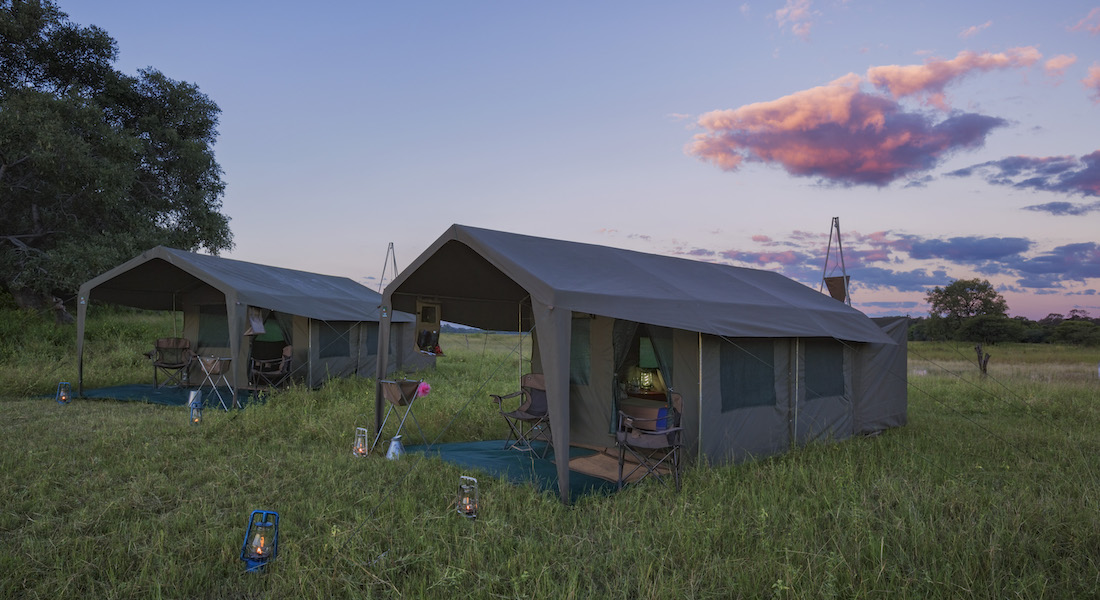
When to visit the Okavango Delta
A winning combination of permanent wetlands and abundant resident wildlife means the Okavango Delta is an ideal year-round safari destination. That said, you should plan when to go based on what you most want to see and experience. The best time for boating and mokoro safaris is during and immediately after the floods. That is, between July and September, although these activities are generally available from April through November (depending on water levels). Temperatures in northern Botswana can range from decidedly fresh to very hot – sometimes in the course of a single day – so it’s best to come prepared (and dressed) for all four seasons.
